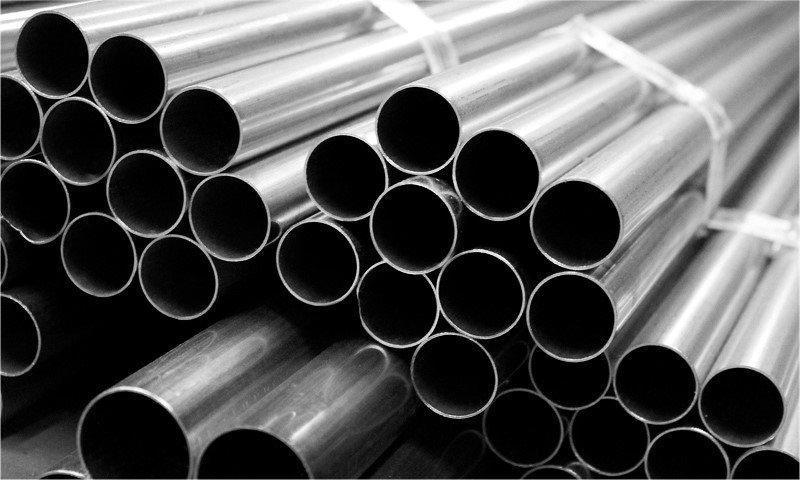How stainless steel pipes are made
There are two types of steel pipes: welded steel pipes and seamless steel pipes. Either type can be made from any formable steel alloy. Welded pipes require alloys that can be welded. Welded tubes start out as a flat strip. The seamless tube starts in the melting furnace.
Stainless steel tubes are closed shapes used to perform some structural function. Shapes can be round, square, rectangular or any shape that can be designed and fabricated for a specific application. Round pipes are not the same size as pipes. The outer structure of the tube is important, the inner part of the tube is used for fluid flow.
Welded stainless steel tubes are made from hot or cold rolled steel and are supplied to tube manufacturers in coil form. Coils can be machined to remove scale, improve surface finish, modify heat treatments or otherwise achieve a specified end product. The coil is then passed through a slotted roller until the shape is formed and the free edges are spaced correctly for welding.

The edges of the tubes are butt welded together, usually by resistance welding. The outer and sometimes inner slag is then removed. At this point, the tube is slightly oversized and then passed through two semicircular rollers to bring it to its final outside dimensions.
The manufacture of seamless steel tubes usually starts with an electric arc furnace. The steel is then cast into ingots, or continuously cast into flowers. Then put into a billet. The solid billet is drawn into a tube by means of a perforating tool by means of two external rollers that move the billet at an angle to each other. At this point a "rough" tube has formed.
The thick tube is passed through an extender, where three rollers and an inner mandrel shape the tube closer to its final outer diameter and wall thickness. The next step is to run it on a reduction mill where the outer diameter is still close to final size and the tube is made oval, ultimately improving its final finish. The rotary screener is the last step in the basic seamless tube making process. A rotary screener restores the tube to its round shape and brings it to its final external dimensions.
There are other possible processes in the manufacture of welded and seamless pipes. The most common mechanical process is cold drawing. This is done by pulling the tube on the mandrel. The product is called a DOM (Draw on Mandrel) tube. Cold drawing improves physical properties, surface finish and can tighten dimensional tolerances.
Various heat treatments are available for the manufacture of welded and seamless pipes. These include annealing, which improves the "microstructure" of the metal, normalizing, which makes the tube's properties more uniform, and tempering, which makes the steel more ductile.

